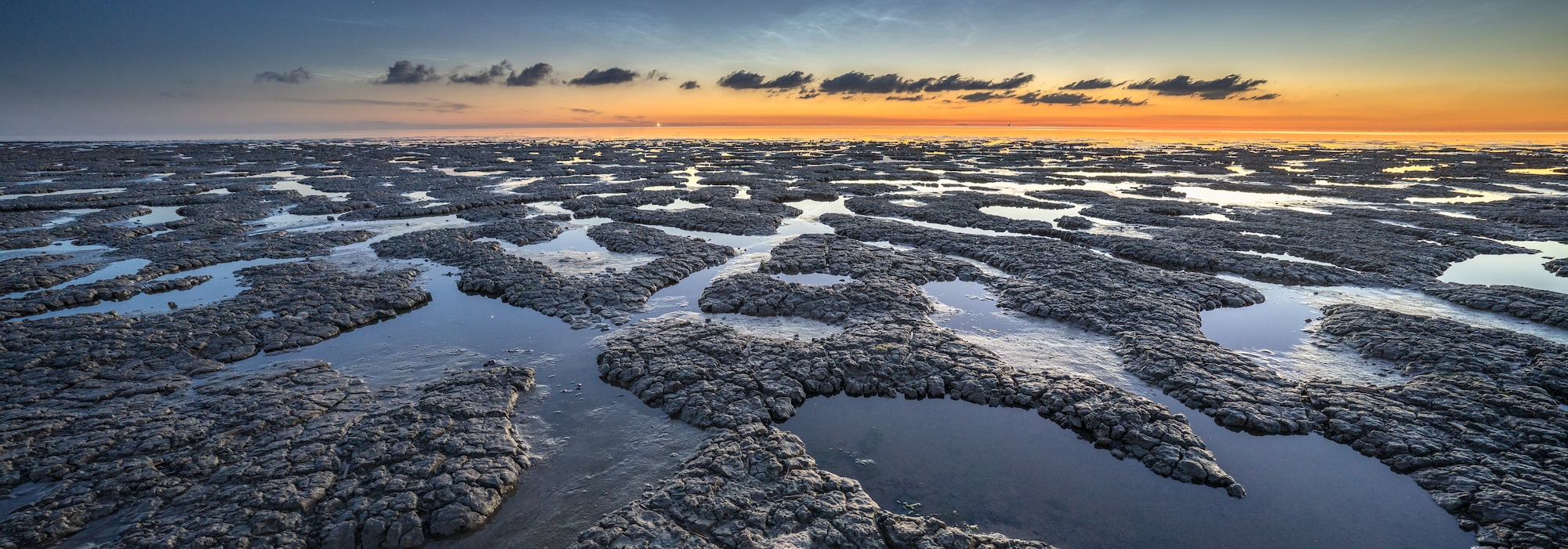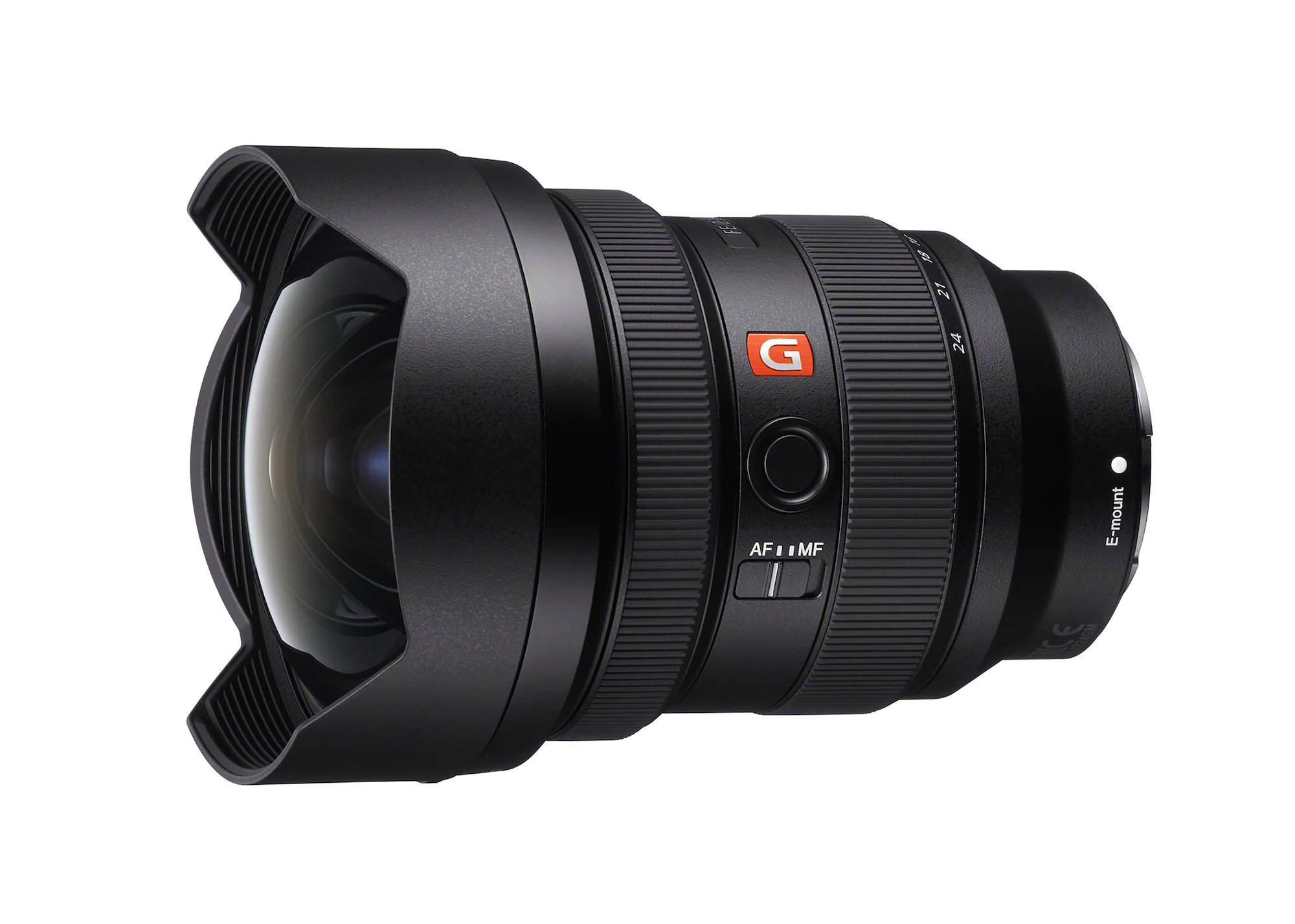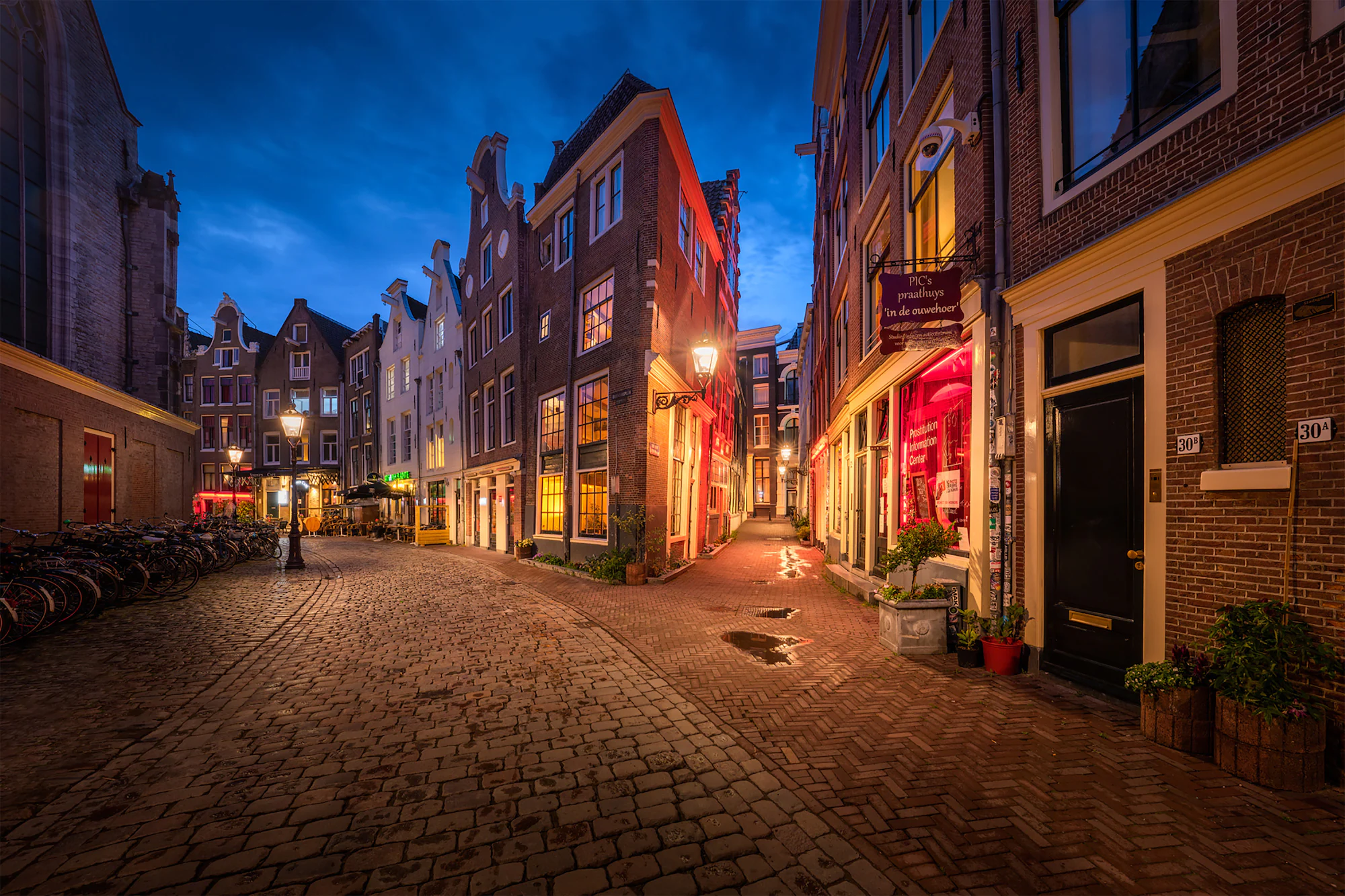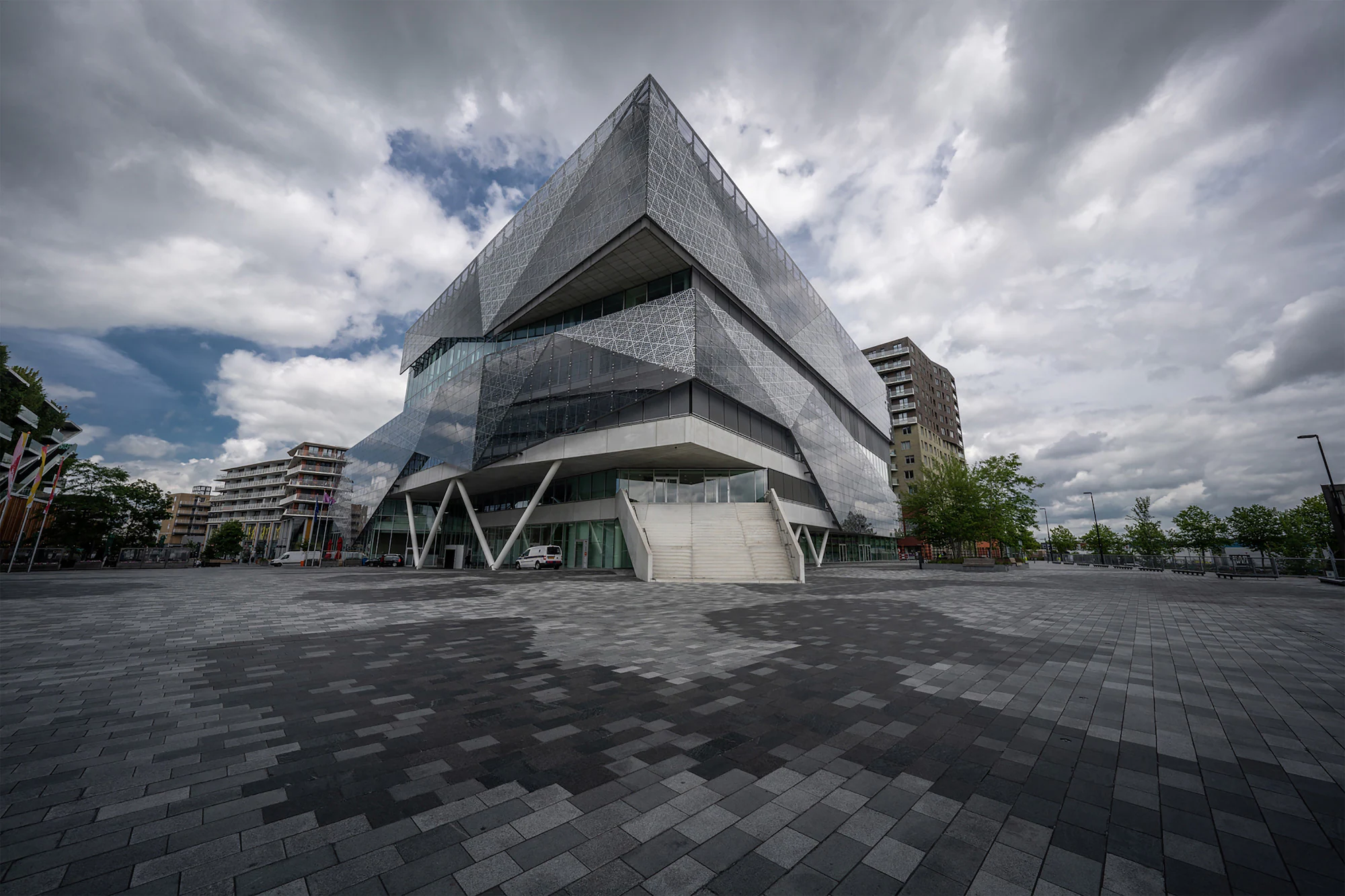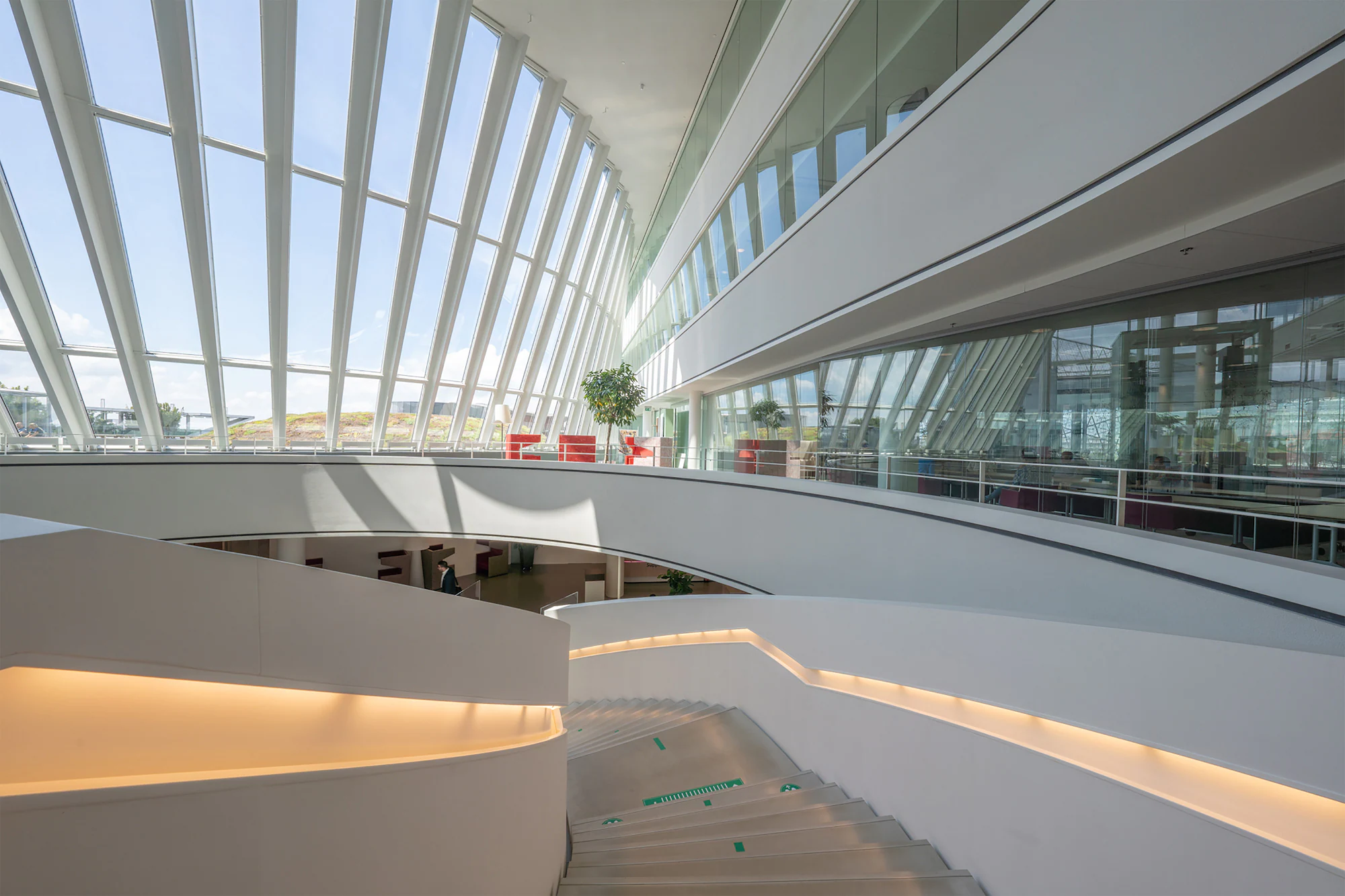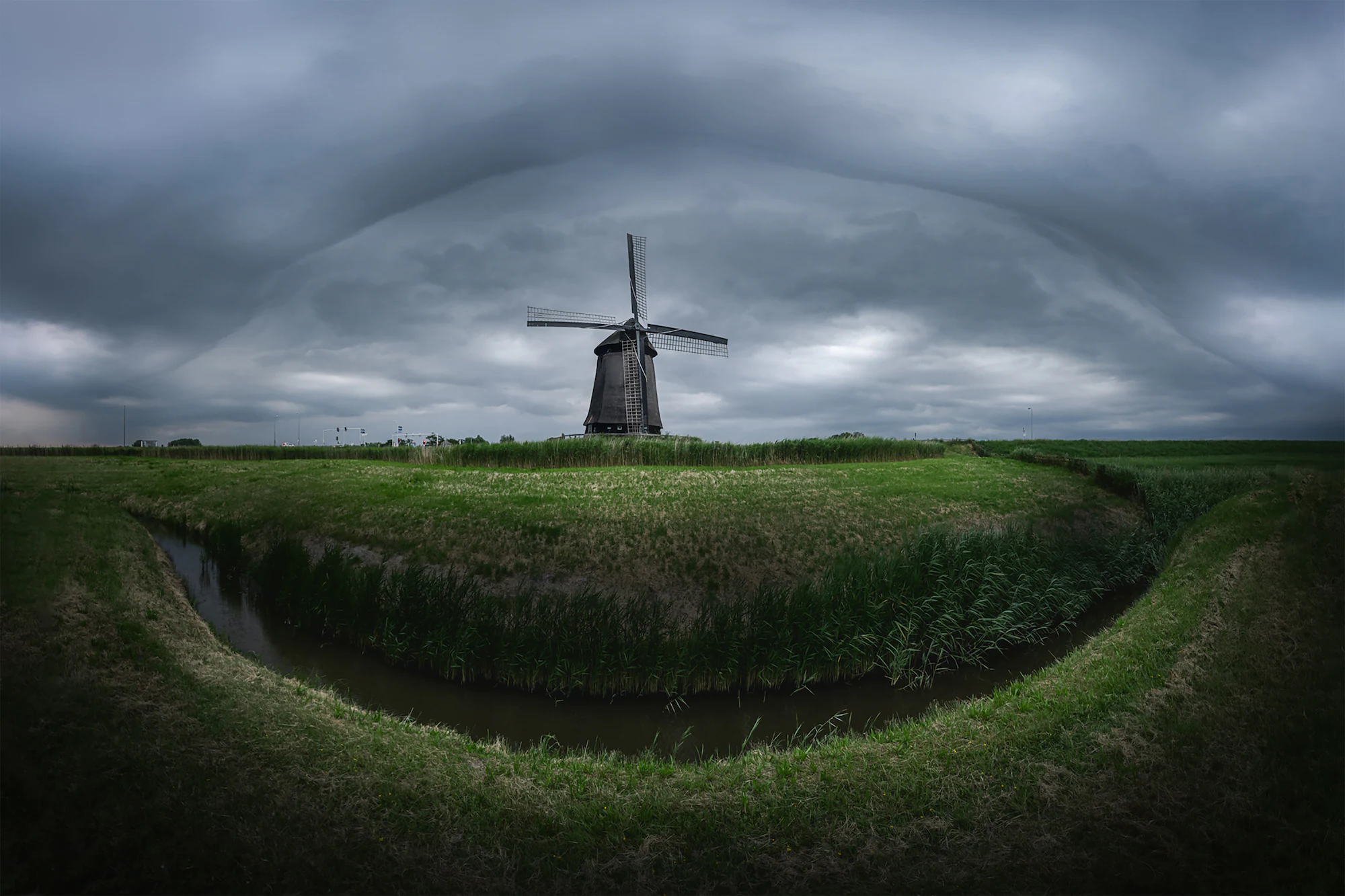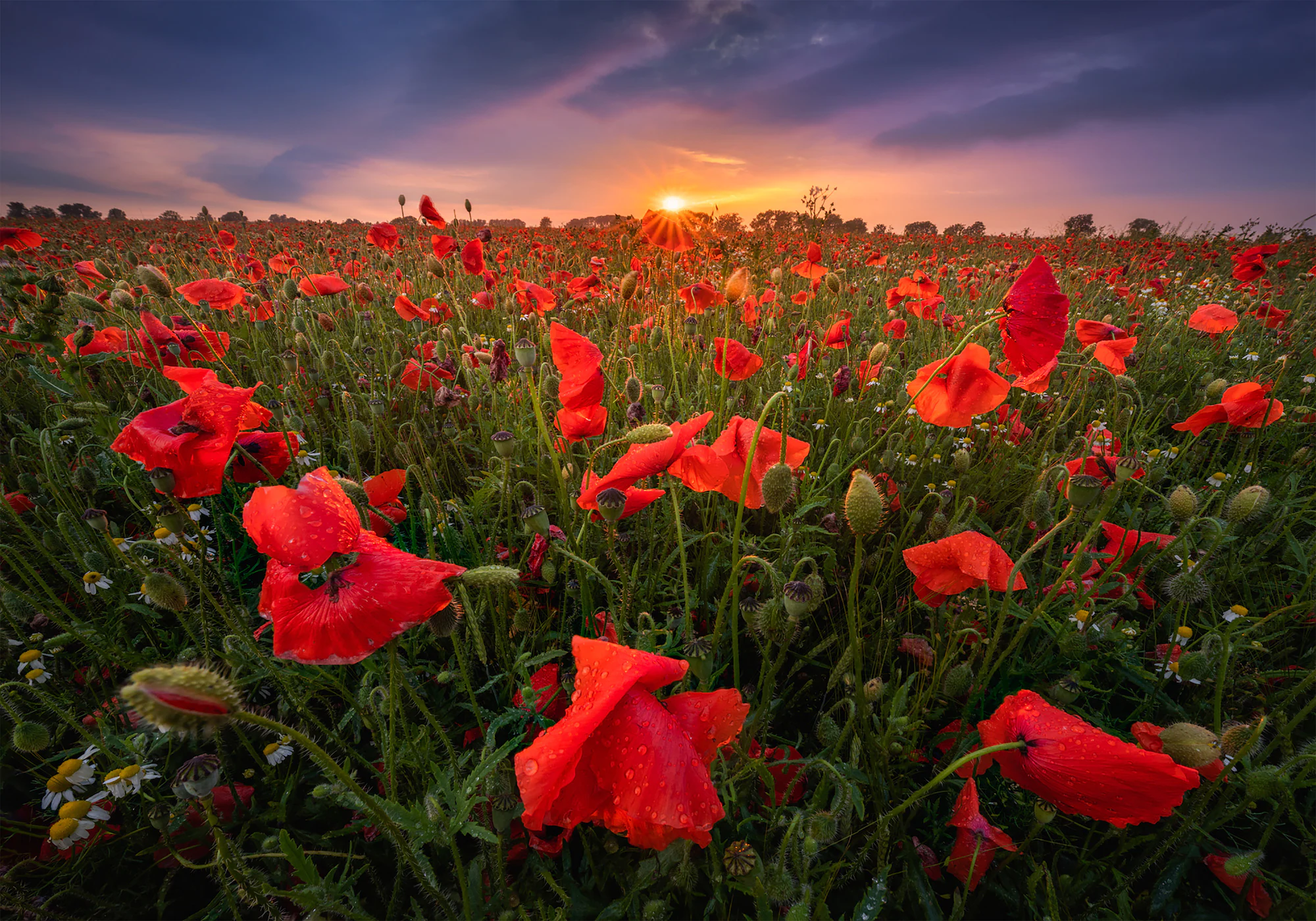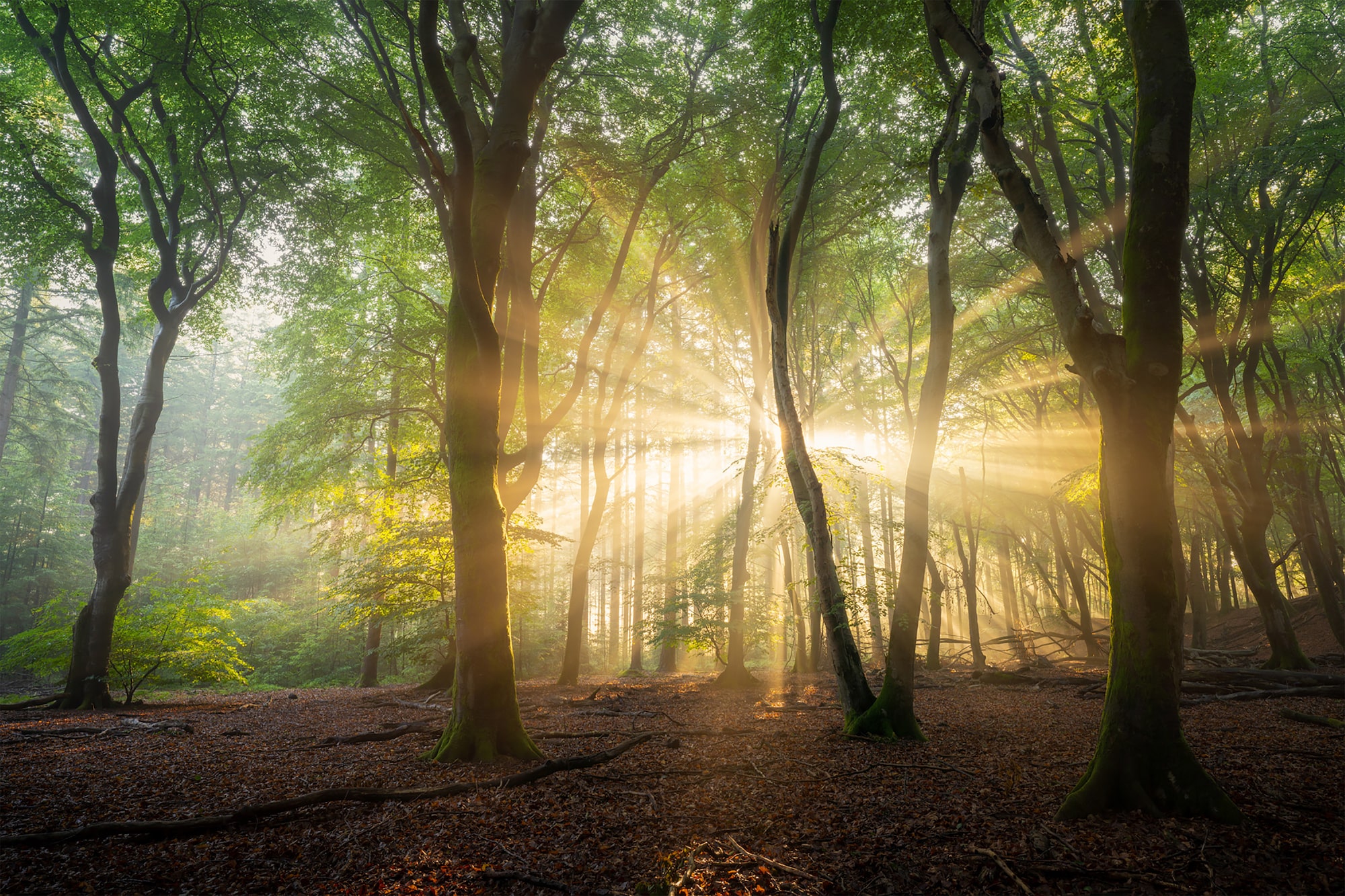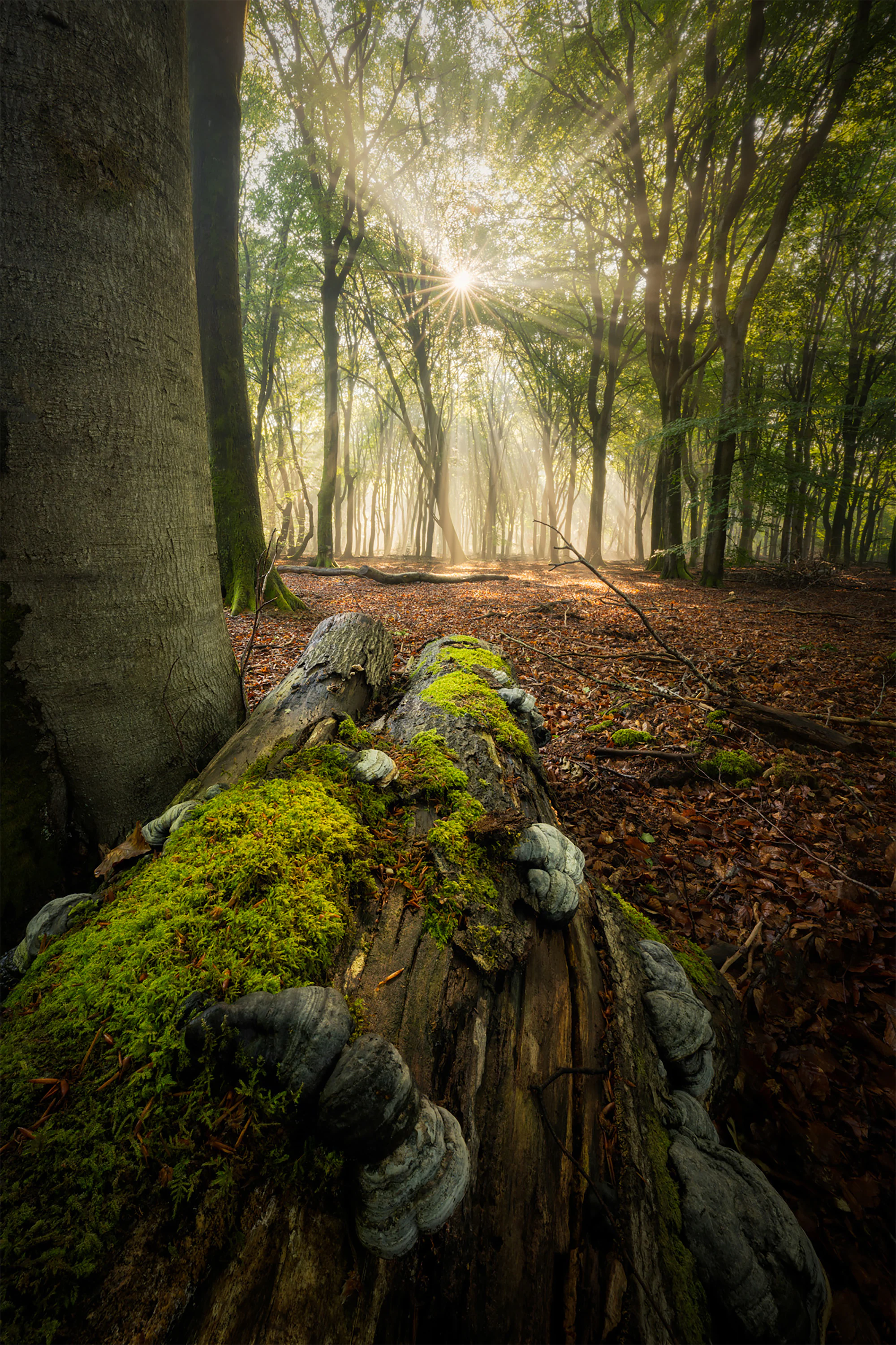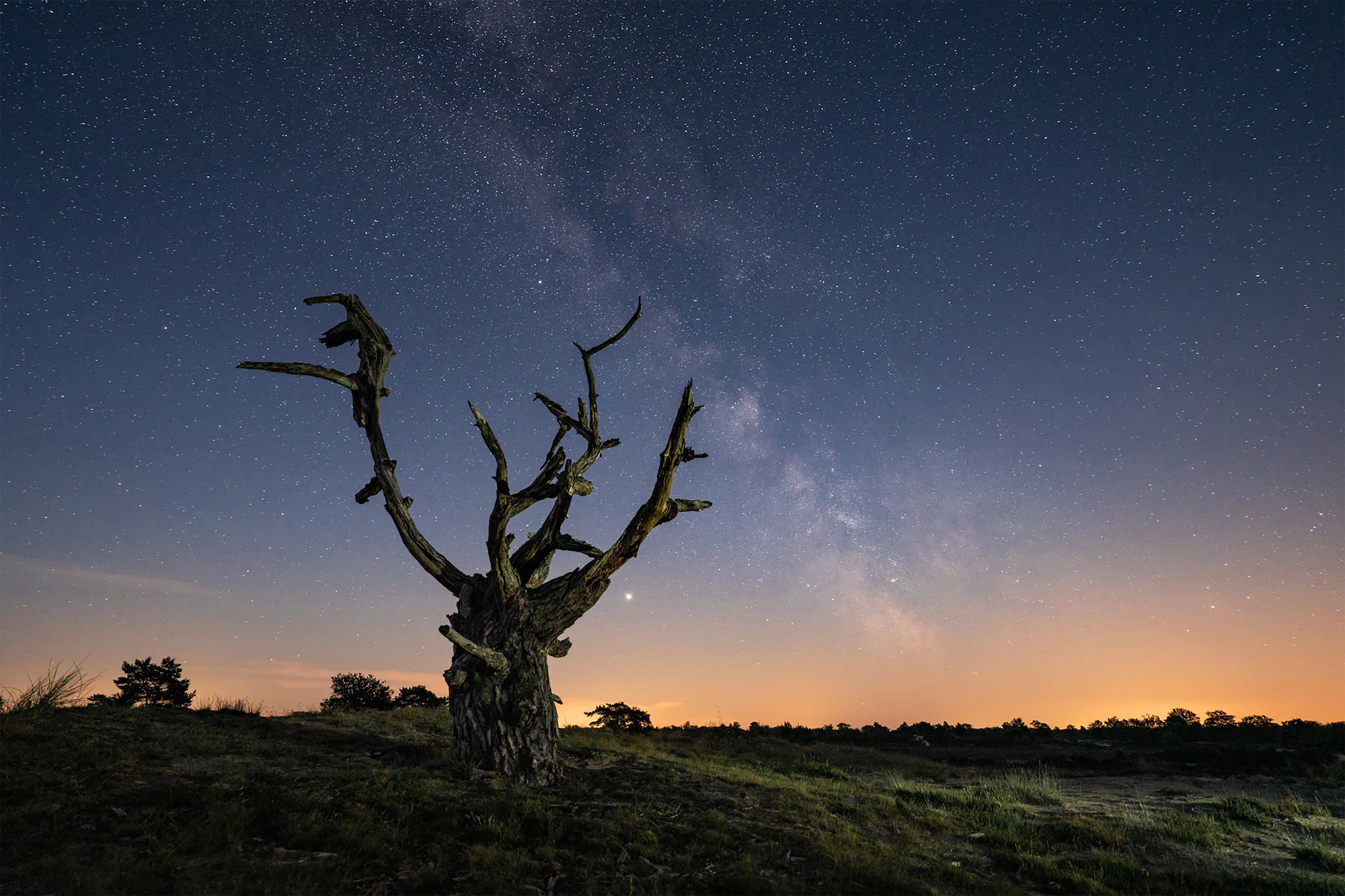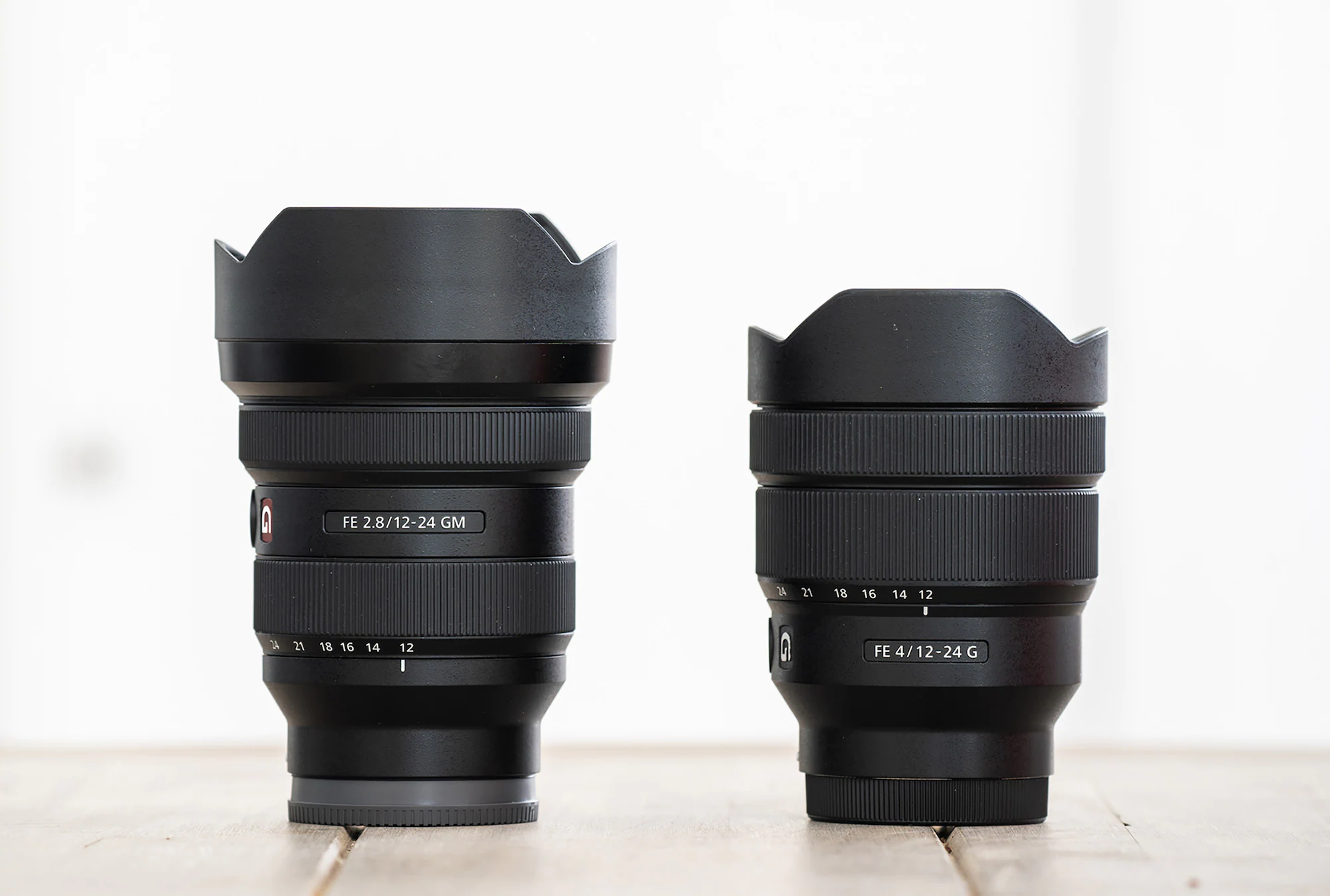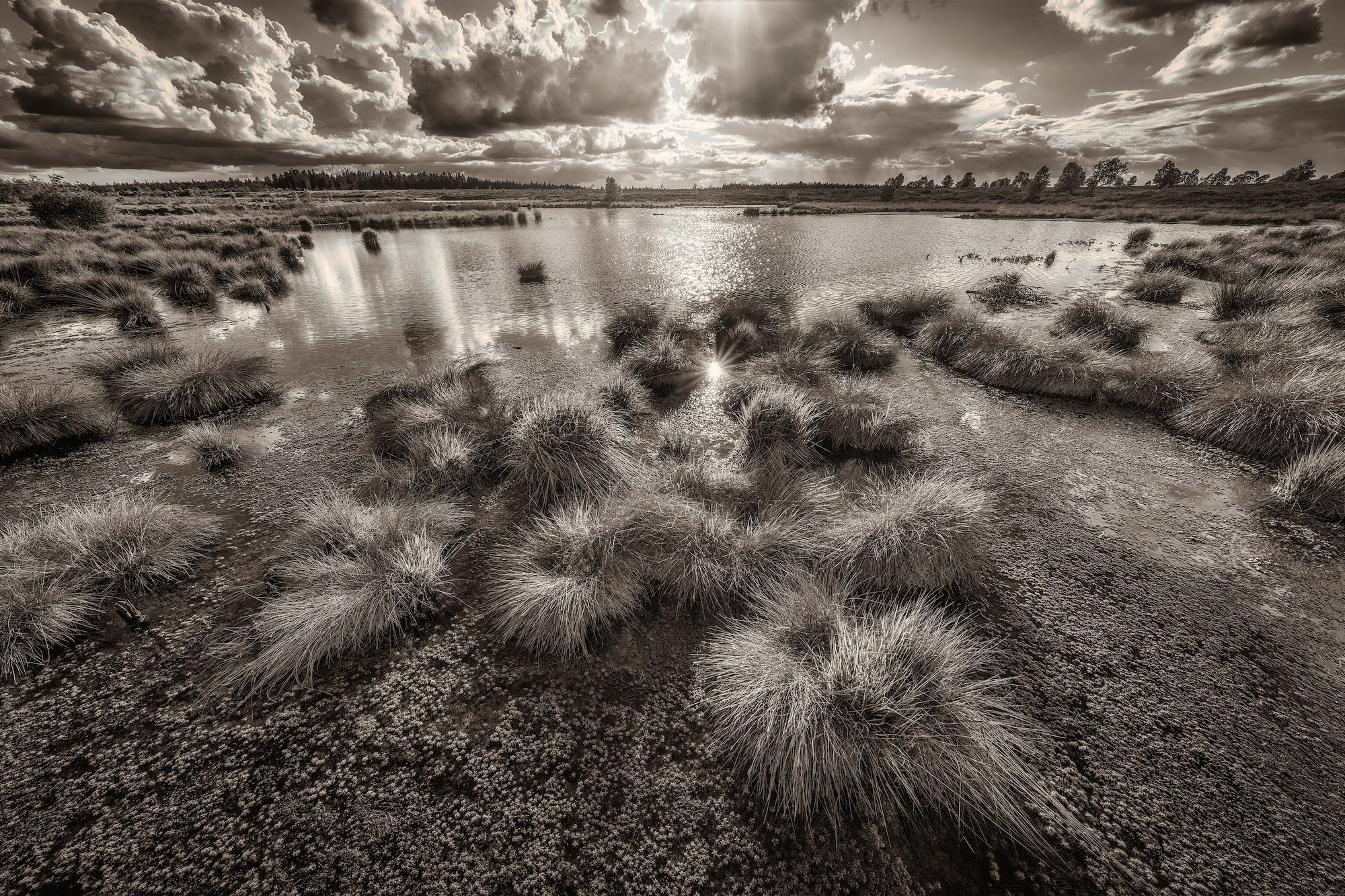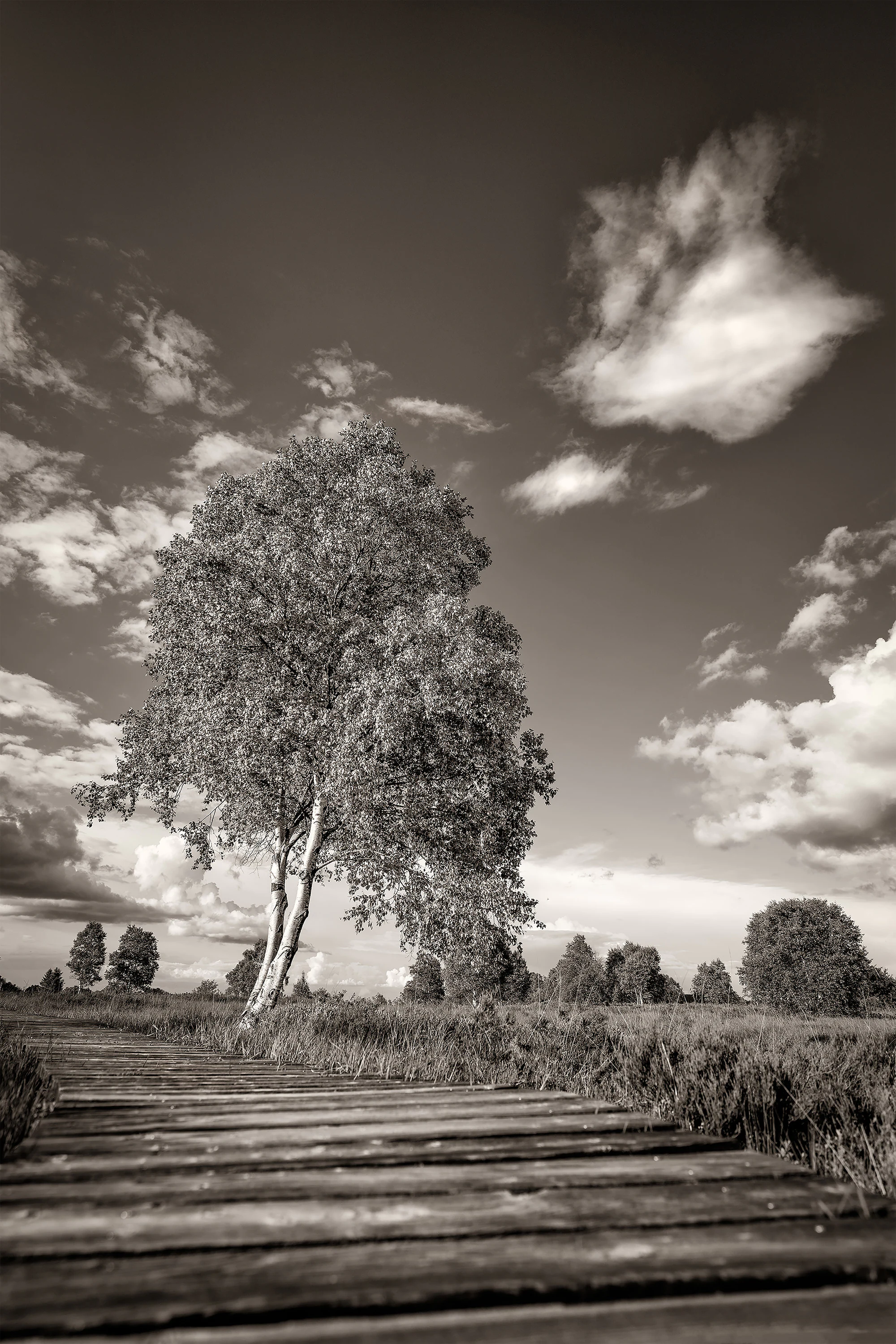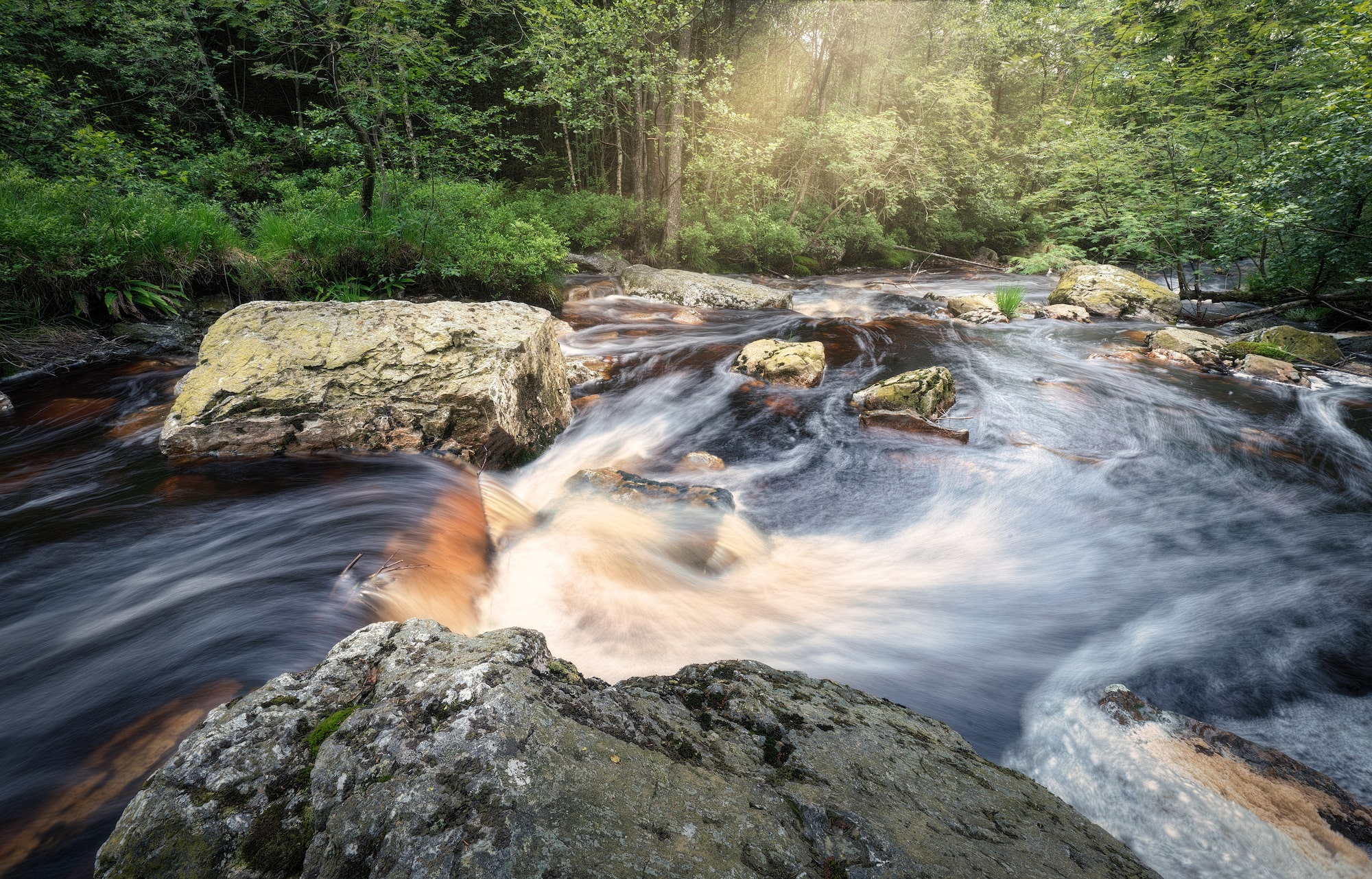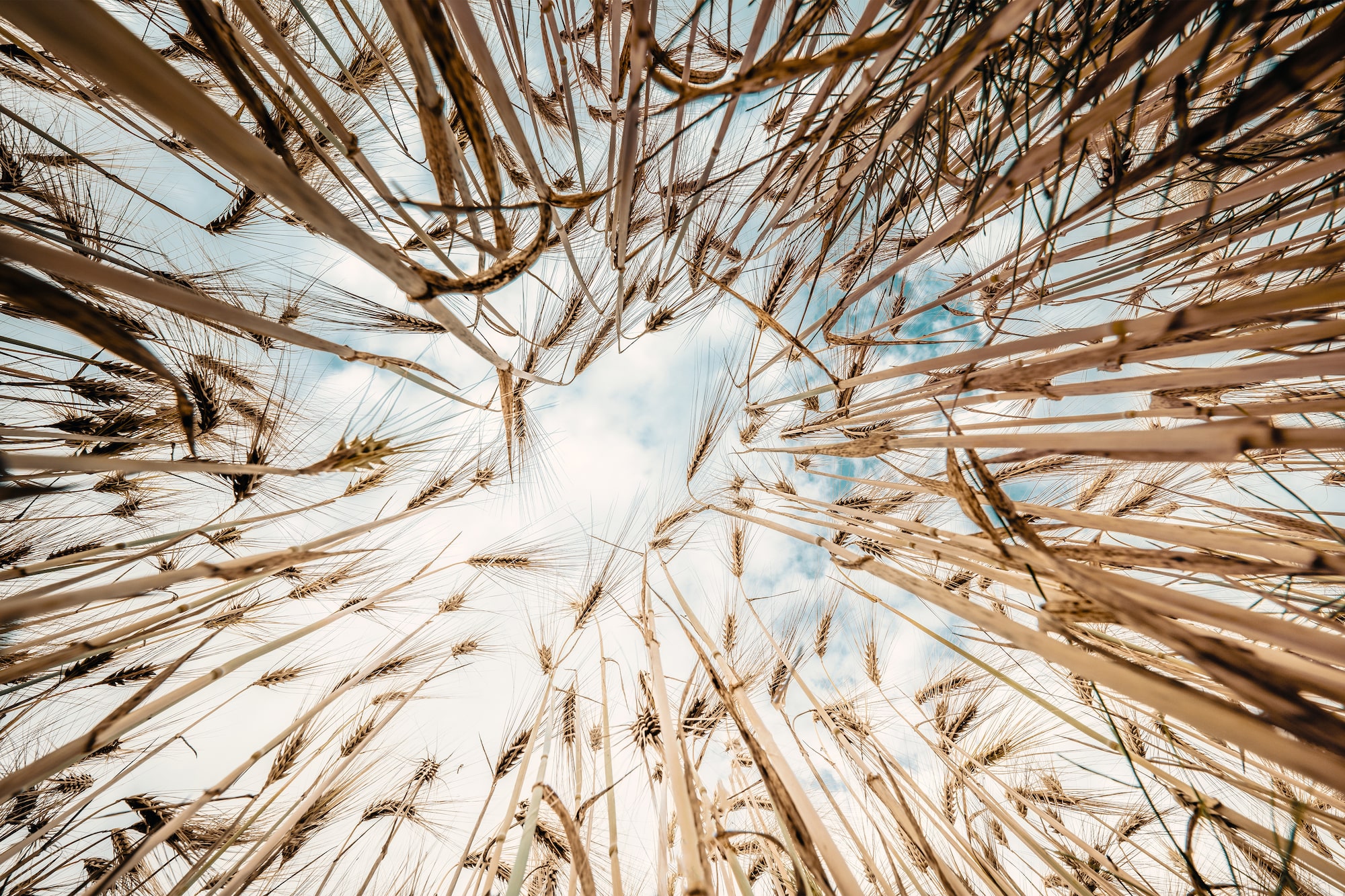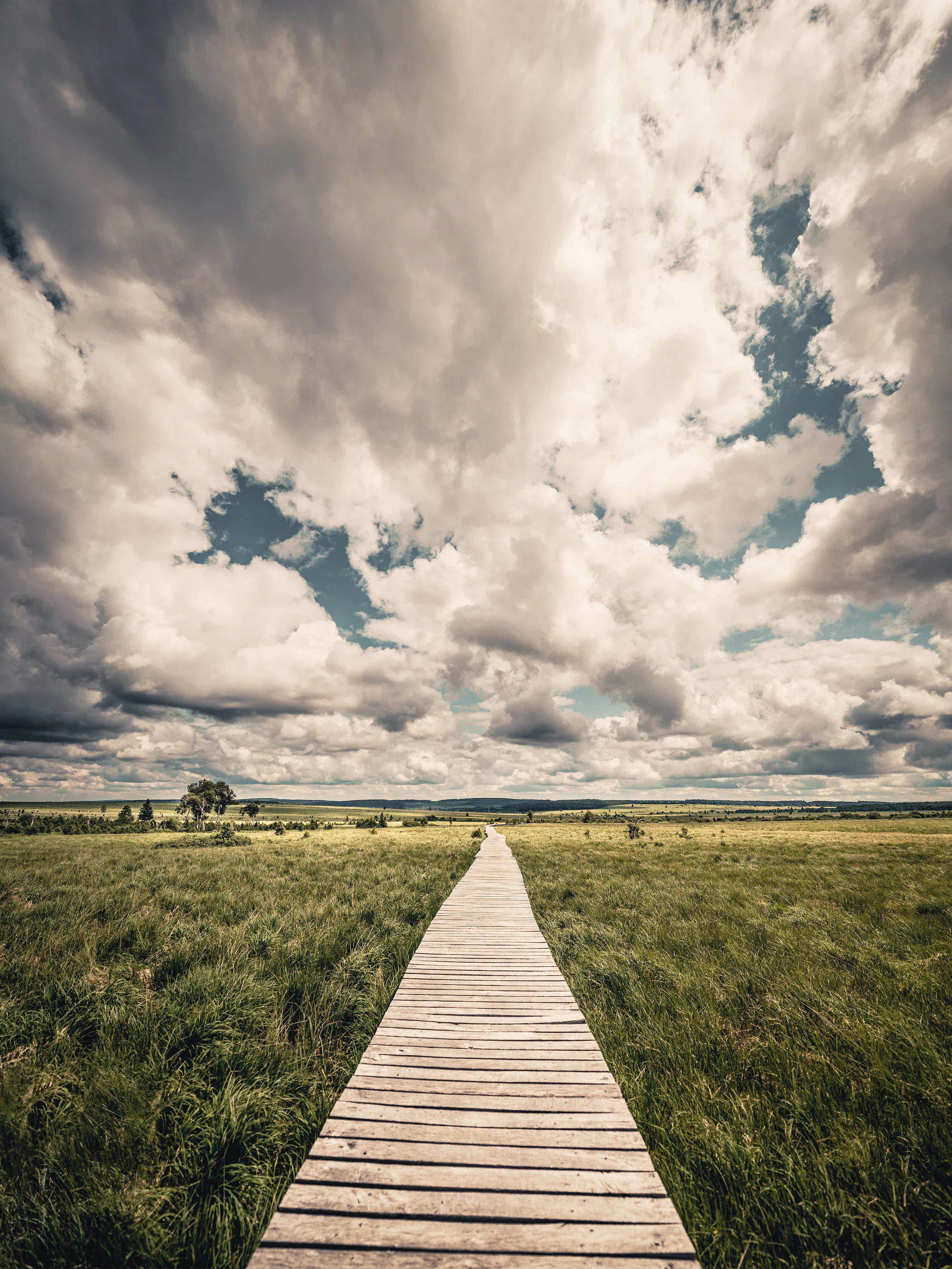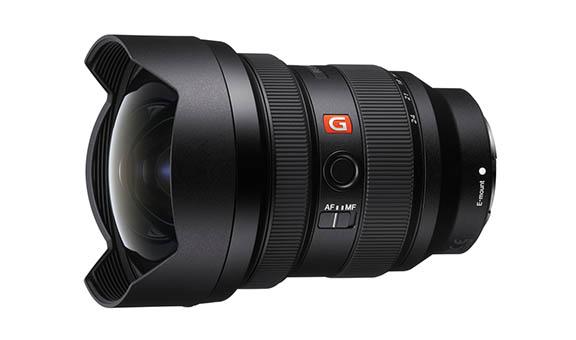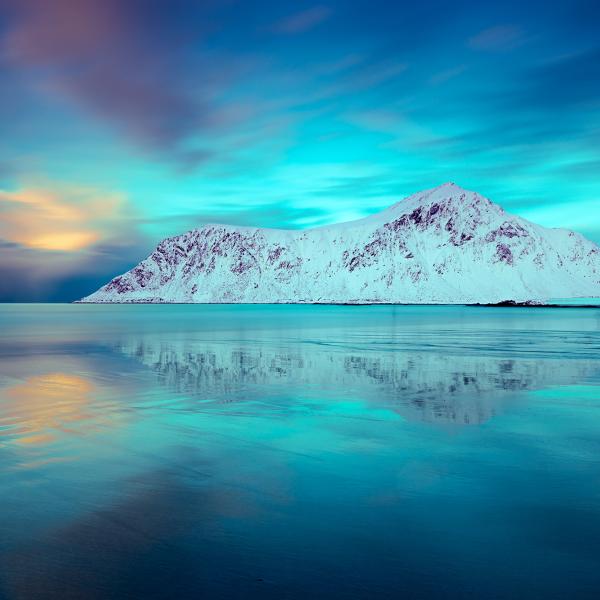The Latest G Master Lens: 12-24mm F2.8 GM
Continuing its expansion of G Master lenses, Sony has introduced the FE 12-24mm F2.8 G Master – the world’s widest angle, F2.8 aperture zoom lens*.
The all-new design features three XA (Extreme Aspherical) elements for outstanding resolution, along with two super ED and three ED glass elements to deliver high corner-to-corner resolution and beautiful bokeh. Four XD Linear (Extreme Dynamic) motors deliver faster and more accurate focusing than conventional lenses for both photography and videography.
Acclaimed landscape photographers and Sony Imaging Ambassadors, Michael Schaake and Albert Dros were kind enough to try the lens prior to release and share their thoughts with us.
Albert Dros
Conditions in the Netherlands were ideal, allowing me to try the lens in lots of different conditions and scenarios. I grabbed my trusted Alpha 7R IV and went exploring.
I started in this picturesque district of Amsterdam - completely empty and closed because of COVID-19 - and this is a great example of where 12 mm really comes into its own. The sharpness of this lens, especially at the edges, is incredible.
I visited the beautiful town hall in Nieuwegein. It's a very modern building, both inside and out and I thought it would be the perfect model for some wide-angle shots. One feature I find useful in these situations is the flip-out screen on my Alpha 7R IV. I sometimes walk around looking at the screen, pointing and rotating the camera until I see a composition I like.
With storms forecast, I headed out to the countryside, hoping to capture some dramatic skies. For this windmill shot, I took a quick hand-held panorama. The incoming storm cloud exactly mirrors the small stream in the foreground. What I really liked about this shot is that it almost looks like a fisheye perspective because of the panorama.
After the storm had passed, I was able to get this shot of a poppy field just as the sun was setting.
We also had some beautiful mornings and I managed to get up at 3:00 a.m. and head to the forest - one of my favourite places to shoot. I usually use a much longer lens in these situations, but I was keen to try the 12-24 mm and forcing myself to use it certainly got some interesting results.
I occasionally use a technique called ‘focus stacking’ in which I get extremely close to a subject and use multiple images with different focus points to get the entire image from front to back in focus. This shot was a combination of three images taken at F22 and I was able to achieve pin-point sharpness throughout the frame.
Last but certainly not least, I was able to shoot some starscapes. Now shooting the milky way in the Netherlands in general is almost impossible because of lots of light pollution everywhere, but there are some places where the light pollution is relatively low compared to the rest of the country.
The biggest challenge, however, was that I had chosen the longest day of the year, during which there isn't even pure darkness!
This image was shot wide open at F2.8 and I was particularly impressed with the sharpness of the stars. One point worth mentioning is that the red-orange glow on the horizon is not light from the sun, but rather light pollution from the city.
In summary, here are my initial thoughts:
• I’m a big fan of the 12-24mm F4 G, but having the extra stop makes a huge difference, especially for starscapes.
• Low distortion, even at 12 mm. I didn’t use any correction profiles on the images as they’re not available yet!
• Light weight and size considering the focal length and aperture.
• Gives great sunstar effects.
Michael Schaake
I had the opportunity to try the new 12-24mm F2.8 G Master lens for a few days and I was immediately struck by the absolutely solid workmanship. With a weight of 847 grams it is certainly not light, but it balances well with the Alpha 7R IV in the hand, and with a large, curved front lens element, I wasn’t expecting this!
The large front element makes it difficult to use filters (although there is an option to use rear gelatin-type filters), but that said, I saw no signs of flare or ghosting, which says a lot for the new coating Sony have designed specifically for this lens.
This image shows a very contrasty scene, shot directly into the sun. A small sun star can be seen in the water and no flare is visible.
I shot at various apertures, from F2.8 all the way down to F22 and I only saw a slight decrease in sharpness past F18, which is to be expected. Wide open at F2.8, it was pin-sharp and I wouldn't hesitate in shooting this way in low light.
In this shot I wanted to use a long exposure to soften the water, and because I couldn't use an ND filter, I had to shoot at F22 (which I would normally avoid), but the sharpness is still good.
My main lens for landscape photography is the FE 16-35mm F4 ZA OSS, which I'm very happy with, but having the extended wide-angle focal length gave me a new perspective which I thoroughly enjoyed.
Overall, I am extremely impressed with this lens and its focal length range certainly inspired creativity in the scenes I photographed.
*Compared to interchangeable constant F2.8 zoom lenses for full-frame digital cameras. As of July 2020.
This article was originally published on https://www.sony.co.uk/alphauniverse
